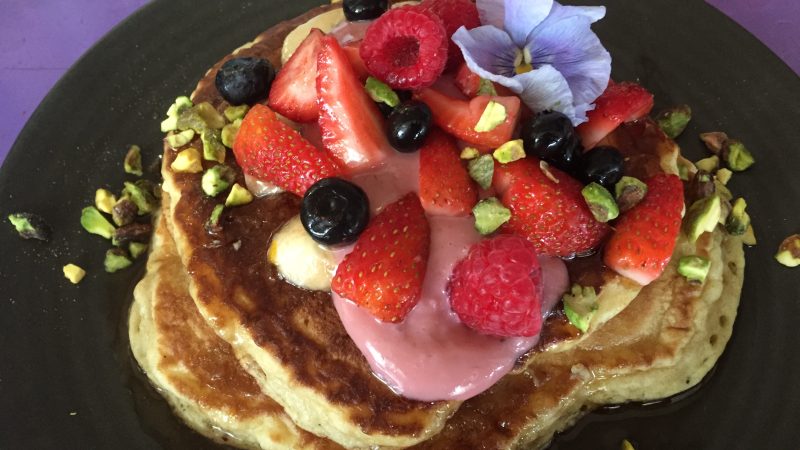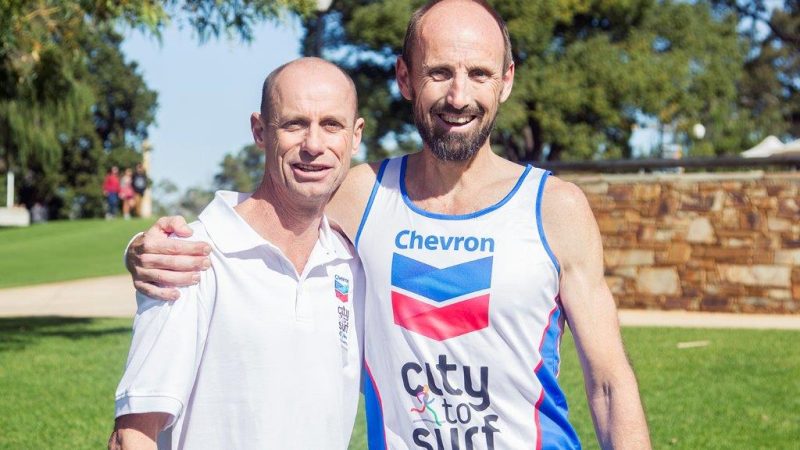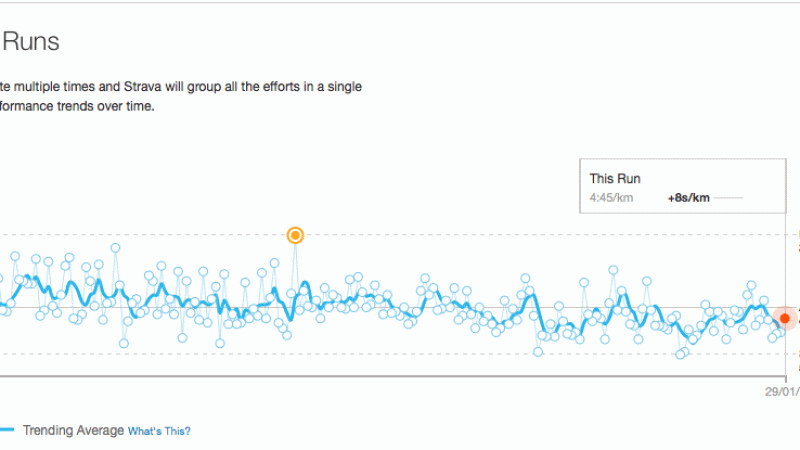If you asked a stadium-size crowd of runners to name the most important type of running workout, some would say tempo runs, others would say long runs, and still others would say intervals of one kind or another. None would mention recovery runs. Unless I happened to be in that stadium.
 Arthur Lydiard. Photo: lydiardfoundation.org
Arthur Lydiard. Photo: lydiardfoundation.orgIt’s not hard to start a conversation about famed running coach Arthur Lydiard. The New Zealander, who passed away in 2004, forever changed the sport of distance running by way of his influential teachings. He coached athletes like Peter Snell to the Olympic podium and was a prolific writer in his own right. Lydiard was also a dynamic speaker who preached his training philosophy like a fervent evangelist, creating disciples who still quote him in a quasi-religious way.
Lydiard was a legend, but unfortunately he gets labeled as an elitist and “the long, slow distance guy” who preached rigid periodization in training. At risk of his important teachings being oversimplified and misunderstood, it’s critical that we dig deeper into three of Lydiard’s most under-acknowledged secrets of success:
1. Lydiard believed in speed work.
“Far too many people think Lydiard training is all about long, slow distance running,” says Nobuya “Nobby” Hashizume of the Lydiard Foundation. “How many people realize that he used to have his runners, even marathon runners, compete in a 100-meter dash in a local track meet?” Hashizume contends that many people who study Lydiard’s teachings come away thinking that a lot of long, slow distance is the answer to successful running. He calls it “the plodding zone” and says that Lydiard did believe in 100-mile training weeks, but only to build aerobic strength to prepare the body for race-pace work that followed.
Greg McMillan, founder and head coach of McMillan Running, says that Lydiard’s anaerobic and lactate threshold workouts are often forgotten. “It’s important to remember that [Lydiard] was working with very competitive runners training for shorter distances and though everyone talks about his endurance or base phase, his programs have a lot of fast running as the race nears,” he says. McMillan points out that Lydiard incorporated 2-3 days of speed work after his endurance phase so that the athlete peaked on time instead of the 20-40 x 400m interval workouts used by other coaches that he didn’t think was as predictable in performance improvement.
2. He called for flexible, individualized training.
Many runners think of Lydiard as someone who followed a one-size-fits-all approach, but that wasn’t the case. “As the runner got into the race-specific training, Lydiard was doing many, many test runs and based on how these runs went, the athlete would adjust the program going forward,” says McMillan, who accompanied Lydiard on his final U.S. tour before he passed away. Lydiard knew that flexibility was a vital component to success and that both the coach and athlete had to work together closely in order to observe how the body and mind responded (and recovered) from training and racing. “They had to then adjust to build on the strengths and shore up the weaknesses,” McMillan says.






















